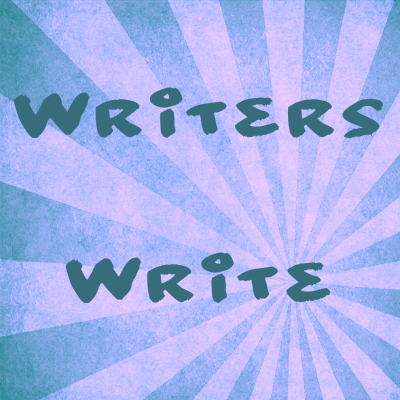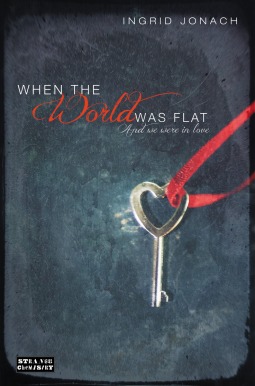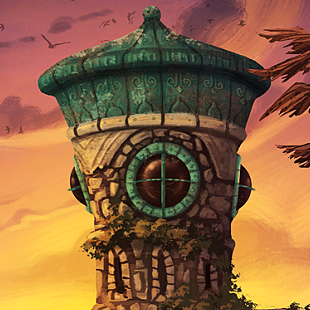A good deal of the questions I get from new Wrimos are about how, when and where people write during Nano. They know what word count they’re aiming for (11,666 today, scary heh?), but there’s plenty more to figure out:
Are you a plotter or a pantser? A typist or long-hand writer? A tea fiend or a coffee guzzler? A morning person or a night owl? A social or a solo writer? A marathon-runner or a sprinter? A home buddy or a coffee-shop regular?
You could do worse than answering those questions for yourself, if only because it can help you prepare the best environment in which to pen the masterpiece you can see so clearly in your mind.
If, like me, you’re a plotting, sprinting, coffee-guzzling social night owl who’s a regular at her local coffee shop, you’ll love the idea of an after work write-in in a coffee shop, with yummy lattes galore. I find forty-five minutes is a bit long for me to write without a break, so I often use Write or Die for shorter sprints instead, and I can always rely on my colour-coded notecards for guidance.
Someone else might prefer a long, quiet coffee shop session on their own, or an hour’s worth of Twitter sprints in the morning before work. If you haven’t yet, take a moment to figure out what works best for you and try to create as many opportunities to get that perfect environment as you can.
Does that mean you can’t or shouldn’t write under any other circumstances? Heck NO! Because in the end, there is only really one type of writer – one who writes.
Nanowrimo is all about filling a blank page with words, as clunky and imperfect as they may be. You have to accept your words won’t always be as good as you hoped, and you also have to accept your writing environment won’t always be as good as you hoped either.
On Tuesday, I went to an evening write-in in a coffee shop, one of my favourite places to write and managed to forget my laptop at work! I’m just smart like that. I would probably have skipped the write-in altogether if I hadn’t been in charge of organising it. Typing really slowly on my phone, I only got 531 words in about an hour and a half. That’s a pretty tiny amount to get done in that time, but I bet I’ll be glad of those 500 words when I reach the final stretch.
So in the next few days, your mission if you accept it is:
Write anywhere, anyhow, anything.
Anywhere – Your time is precious, and doing Nano will show you just how much you can accomplish in just a tiny nugget of it. Let’s not kid ourselves, Nanowrimo WILL take over your life this month, so why not embrace the fact and whip out your writing tool of choice for a quick sprint whenever you have a few minutes? Lots of Wrimos write at lunchtime or on their commute, but I also find the stress of waiting rooms highly reduced by some impromptu novelling.
Anyhow – Most of us adore our computers, but there are many other ways to write. Check out one of the many free note-taking apps for your phone or tablet. Record a message for yourself on your voicemail or scrawl all over the napkins when you go out for dinner. Try something new, you might end up really enjoying it. I recently rediscovered the joys of writing longhand and now that’s always a favourite option.
Anything – Don’t be afraid to go over the top (you can always cut it in December if you don’t like it). Pick a prompt or dare from the Nano forums. If you can’t figure out what comes next, why not skip ahead to the nifty scene that got you excited about the story in the first place? Or if a scene is too difficult to write, you could leave it to your future self to deal with, as I did in my first Nano – which genuinely included the line: ‘Insert Space Battle here’.
Claire
(4897 words, not even that far behind by my standards!)
Originally posted at nanolondon.org.


 Author: Ingrid Jonach
Author: Ingrid Jonach

 The board is made
The board is made